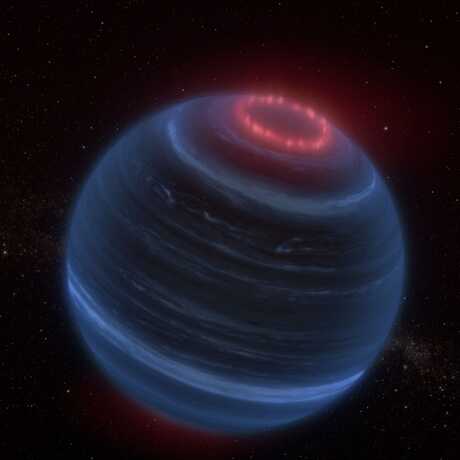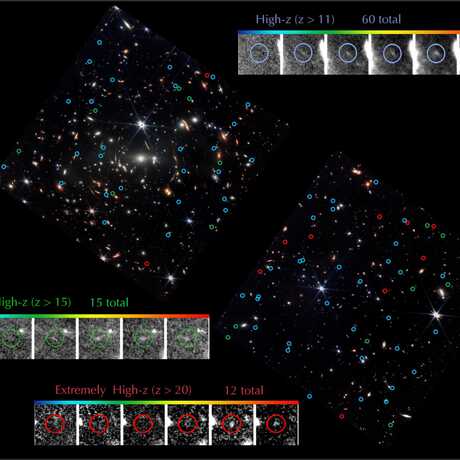We're open daily! View holiday hours
Featured Articles
Brown dwarf W1935 exhibits signs of glowing methane—possibly caused by aurorae!
Cassiopeia A is one astronomical object that looks exactly like what it is—a star that exploded 350 years ago!
JWST launches the first day of astronomy’s big meeting with news about science, technology, and galaxies!
The connection between disks and planet formation continues to expand as astronomers view them in new detail.
NASA's Kepler mission has discovered a multiple planet system with many exciting treasures.
Auroras, Energy and Climate, oh my: here are a few headlines that follow up on previous stories or touch on news that we missed this week.
Get ready for the the Perseid meteor shower later this week. It's one of the most spectacular showers of the year, with an average rate of 50-60 meteors per hour.
On Sunday, a sunspot erupted into a solar flare triggering a host of exciting solar activity and possible auroras here on Earth.
In June, NASA's Swift satellite was temporarily "blinded" by a bright gamma-ray burst.
NASA's WISE mission has just completed its first survey of the entire sky.












